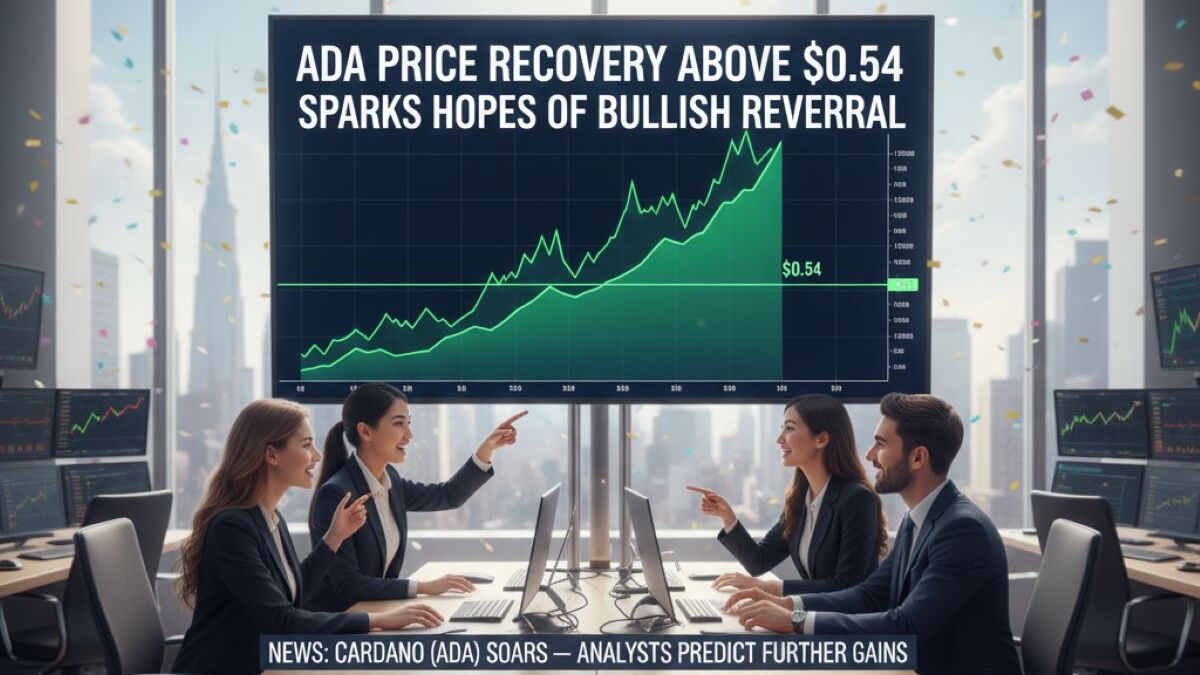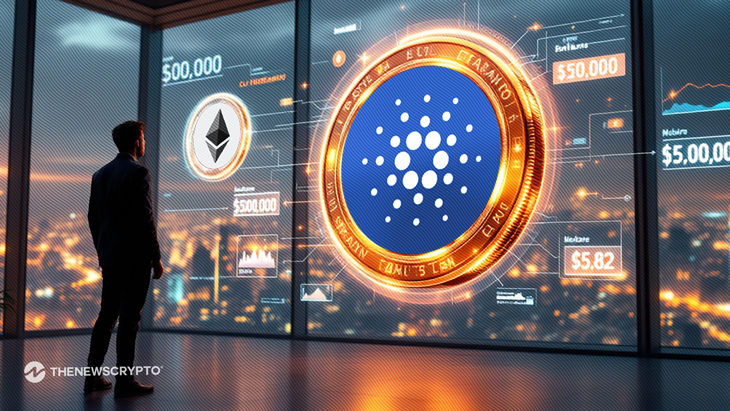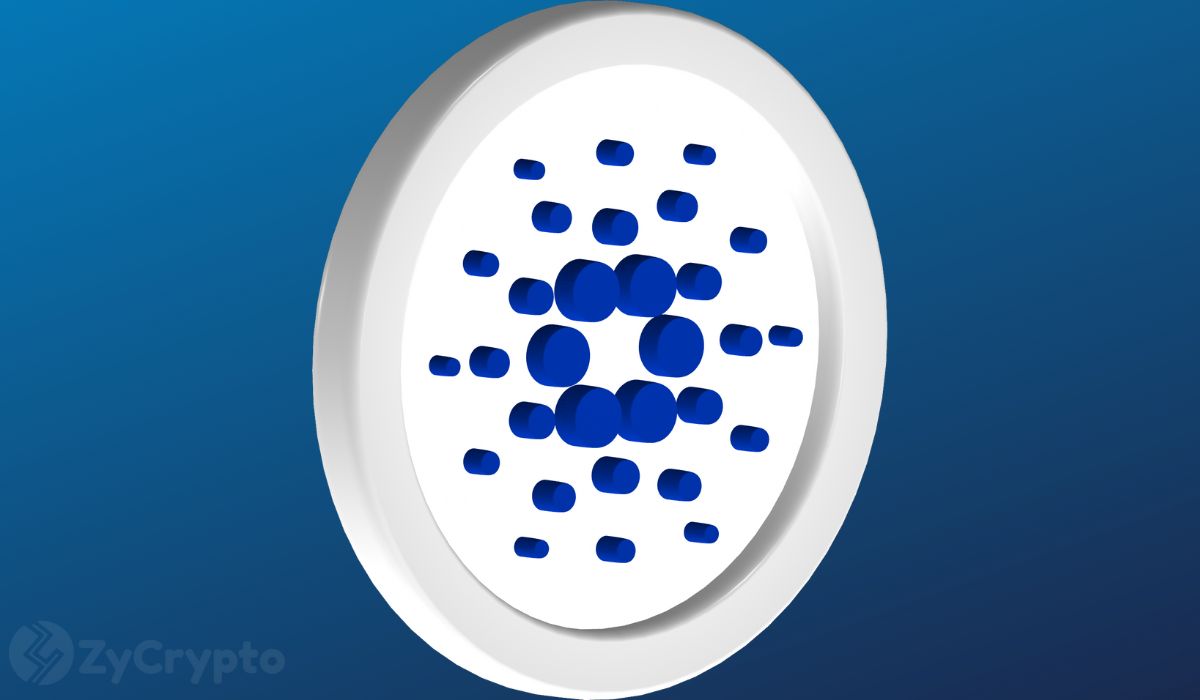Nifty 50 Price Target 2025, 2030, 2040 – Is It a Good Long-Term Investment?
Get the official Nifty 50 Price Target forecast for 2025, 2030, and 2040. We analyze historical data, technical indicators, and expert predictions to determine its long-term investment outlook.


Table of Contents
- Nifty 50 Live chart today
- Nifty 50 Price Target 2025
- Nifty 50 Price Target 2030
- Nifty 50 Price Target 2040
- Nifty 50 Historical Performance
- Nifty 50 Technical Analysis
- Nifty 50 Investment Outlook
- Nifty 50 Market Cap and Valuation
- Nifty 50 Top 10 Stocks Weightage
- Key Drivers for Nifty 50 Growth
- Nifty 50 vs Nifty Next 50: Which is Better?
- Expert Consensus and Brokerage Targets
- How to Invest in Nifty 50 Index Funds
- Is Nifty 50 a Good Long Term Investment?
- FAQ
- What is Nifty 50 and how is it calculated?
- How to invest in Nifty 50 for beginners?
- Which Nifty 50 index fund is best to invest in?
- How many stocks are in the Nifty 50 index?
- Why is the Nifty 50 falling or down today?
- What are the key Nifty 50 companies by weightage?
- Is Nifty 50 or Nifty Next 50 a better investment?
- Is it worth investing in Nifty 50 right now?
- When did the Nifty 50 index start?
- What is the current Nifty 50 index ratio?
Nifty 50 Live chart today
The Nifty 50 live chart today (November 5, 2025) indicates that the market had a bearish day, with the index shedding 0.64% of its value. This move is an extension of the completion of the double top of 23 October and 30 October, 2025.

Nifty 50 Price Target 2025
Several banks and asset managers published 6-month and 12-month outlooks for the Nifty 50 exchange earlier in the year. Bank of America and Jeffries set Nifty 50 price targets for 2025 at 26,500 and 26,600, respectively. Citigroup called a 26,000-point price target, while Goldman Sachs set a 2025 Nifty 50 price target of 25,000 in March 2025. Bernstein retained its 26,500 target call in its October 2025 research note, even as PL Capital set an ambitious target of 27,609 for mid-2026.
Some of these price targets have been met by the Nifty 50 exchange, with the index topping at 26104 in October 2025. Investors would now be looking forward to the Nifty 50 price targets for 2030 and 2040.
Nifty 50 Price Target 2030
The Nifty 50 price target for 2030 have mostly been set by several Indian-based institutional entities. One of them is ICICI Direct, which has a 2030 Nifty 50 price target of approximately 50,000 points. This outlook was first published in 2022 and has remained unchanged.
Anand Rathi, a domestic brokerage, expects improved corporate profitability, stronger domestic consumption patterns and structural reforms to turn the domestic index into a strong long-term investment destination. Based on this, Anand Rathi has a Nifty 50 price projection of 42,000-54,000 by 2030, stated in its November 3, 2025 investment note.
Nifty 50 Price Target 2040
Typically, institutions refrain from providing price targets that are too far out in the horizon. With 2040 being a full fifteen years out, there aren’t any Nifty 50 price targets for that year. The best attempt at this would be to use the 10% nominal GDP projection for 2030, and use it as an anchor for a CAGR calculation that would put 117,000 as the Nifty 50 price target for 2040. However, GDP is not static and even such calculations using it as an anchor would be riddled with errors.
Nifty 50 Historical Performance
Save for a 10-year consolidation between 1994 and 2004, the Nifty 50 index has been in a progressive uptrend. The last major corrections of note were in 2008 (global financial meltdown), 2015 and 2020 (COVID pandemic). The index has bounced from its pandemic lows and has gained nearly 18,000 points in the years that have followed this event.
However, the performance of the index from Q3 2024 to date appears to have plateaued. The index must break its October 2025 all-time highs to continue the uptrend.

Nifty 50 Technical Analysis
The Nifty 50 index is undergoing a correction after touching of the double top highs of 23 October and 30 October at 26097-26104. The double top confirmation following a breakdown of the neckline at 25800 has unlocked the door towards the initial downside target at 25520. Further downside targets lie at the 50% and 61% Fibonacci retracement levels of the 30 September – 23 October swing at 25349 and 25170, respectively. The latter corresponds to the 21 August prior peak.
On the flip side, invalidation of this scenario will occur if the price uncaps the double top resistance band, which then unlocks a potential upside target at 26511, the 27% Fibonacci extension of the aforementioned price swing.

Nifty 50 Investment Outlook
The Nifty 50 investment outlook has a direct correlation with the performance of the Indian economy and the confidence that domestic and foreign portfolio investors have in the companies listed on the index. So what is the current investment outlook for the index?
The current P/E ratios, P/B ratios and dividend yields of 22.7, 3.52 and 1.29% are already established. At 36%, financials continue to carry the most weight, followed by the oil and gas and information technology sectors. Liquidity remains strong, with equity mutual fund inflows standing at INR 30.4k lakhs. From the standpoint of macroeconomic policy, the Reserve Bank of India’s 100 basis points rate cuts of 2025 puts the policy rate at 5.50%, with the IMF projecting a GDP of 6.6%.
The RBI’s rate cuts have made capital for stock investment and business operations cheaper to access, and has also led to lower forecasts for the exchange rate of the Indian Rupee against the US Dollar. A weaker Rupee favours foreign portfolio inflowa, which along with cheaper domestic credit, is expected to promote additional momentum for capital expenditures and investments into critical sectors such as in IT and oil and gas. This should favour many companies being able to beat EPS forecasts; a perfect bull case scenario.
The base case has a neutral growth stance for financials and industrials, leading to milder growth and slight re-rating with additional easing bias. The base case only turns bearish if the downside risks posed by the 2025 US tariffs on Indian imports and the curbs on Indian IT imports (products and personnel via visa restrictions) are actualized.
The bias on the Nifty 50 remains bulish based on the IMF’s growth projections, solid domestic consumption patterns and ability of the Indian government to maximize the goodwill it currently enjoys with the United States to mitigate tariff impact via trade negotiations.
Nifty 50 Market Cap and Valuation
The current free float Nifty 50 market capitalization stands at 117.2 lakh crore INR, according to NSE India’s live index price tracker. The total market cap (sum of constituents) stands at 2,04,78,287 crore INR or approximately 20 billion lakhs INR.
In terms of the Nifty 50’s valuation, the Price-to-Earnings Ratio (P/E ratio) as of November 5, 2025 is approximately 22.7, while the Price-to-Book (P/B ratio) is approximately 3.5. The dividend yield is approximately 1.3% – 1.4%. This is all according to the NSE India live index feed tracker.
Nifty 50 Top 10 Stocks Weightage
According to the latest NSE factsheet, the Nifty 50 index top 10 stocks by weight are:
- HDFC Bank (12.78%)
- Reliance Industries (8.53%)
- ICICI Bank (8.14%)
- Bharti Airtel (4.75%)
- Infosys (4.53%)
- Larsen & Toubro (4.01%)
- ITC (3.43%)
- State Bank of India (3.29%)
- Axis Bank (2.99%)
- TCS (2.65%)
Key Drivers for Nifty 50 Growth
There are several key drivers of growth for the Nifty 50 index. These are summarized below:
- Corporate earnings
- Corporate governance and balance sheets
- Index composition/sector rotation
- Margins and cost curves
- Macroeconomic policies
- Foreign portfolio inflow and outflows
- Domestic liquidity and economic conditions
Nifty 50 vs Nifty Next 50: Which is Better?
The Nifty 50 index contains the top 50 stocks in the Indian stock exchanges by market capitalization. These are mega or large cap stocks. The pricing of each stock tends to be on the high side.
The Nifty Next 50 as the name implies, is composed of the next 50 stocks (51st to 100th) listed in the Indian stock exchanges by market cap. This index is made up of upper-mid and large cap stocks and features companies that are potential entrants into the Nifty 50. The pricing of these stocks is lower than those of the Nifty 50 index.
In terms of which is better, the answer is relative. Generally speaking, price moves on the Nifty Next 50 tend to be larger in percentage terms, than the Nifty 50 index. But this also magnifies the risk factor in investing with these stocks. The investor will need to consider how much capital is available for such investment, and determine which index has the stocks that will meet the goals of investment returns.
For those seeking more stable returns over time, the Nifty 50 index presents better opportunities that align with this investment goal. But those who want more room for speculative trade activity in pursuance of potentially higher returns on investment will find the Nifty Next 50 more attractive.
Expert Consensus and Brokerage Targets
Several analysts (Goldman Sachs, Bernstein, Bank of America, Citigroup, Jeffries) have set price targets of 25,000 – 27609 for 2025. Some of the price targets of these firms have been met.
Bernstein and Bank of America have set price targets at 26,500. This is the same target held by Indian firm Antique Broking for March 2026. ICICI Securities has a June 2026 price target of 28,500 and a 2030 long-standing target of 50,000. Raamdeo Agrawal of of Motilal Oswal has set targets of 50,000 – 75,000 for 2030. A look at the targets set by many firms sees the Nifty 50 trading between 25,800 and 27,000 within the next one year.
Long-term targets for 2040 rely mostly on CAGR models To get a better understanding of the CAGR model, we take the performance of the Nifty 50 index from its 1996 inception to 2021, which gives a CAGR of 11%. Nifty 50 total returns for this time period stood at 14.2%. Future CAGR is expected at 10%-11%. A conservative CAGR estimate of 9% gives a 117,000 Nifty 50 price target in 2040.
How to Invest in Nifty 50 Index Funds
Nifty 50 index funds track the underlying performance of the Nifty 50 index. You can decide to invest in exchange traded funds (ETFs) or mutual funds. An index mutual fund is probably the easiest investment choice for beginners. Examples are the HDFC Nifty 50 index fund, SBI Nifty Index and UTI Nifty 50 Index funds. The investor does not need a dematerialization account (demat) to buy into a Nifty 50 mutual fund. There is no intraday trading and net value asset pricing is done once a day and investors can purchase on the asset management company websites or from the mutual fund companies directly.
Nippon India Nifty BeES and ICICI Prudential Nifty 50 index funds are ETFs that can be bought intraday on the NSE with low expense ratios. You will need to buy the ETF of your choice through a broker (ICICI Direct or Zerodha) using a dematerialization account (demat) on which KYC has been performed.
Is Nifty 50 a Good Long Term Investment?
Given the historical performance and long term uptrend of the Nifty 50 index, it holds potential as a good long-term investment. However, investors must be careful of the emerging plateau in performance and it may be prudent to wait out any corrections before investing to get the best possible prices.
FAQ
What is Nifty 50 and how is it calculated?
The Nifty 50 index is the flagship index of India’s stock markets, and is calculated as a measure of the performance of the top 50 listed Indian companies by market capitalization. It is calculated by using the free float market cap method, in which the companies with larger market cap have a greater impact on the index’s movements.
How to invest in Nifty 50 for beginners?
Beginners can invest in the Nifty 50 index by buying mutual funds that track the index’s performance.
Which Nifty 50 index fund is best to invest in?
There are several good Nifty 50 index funds. The choice will depend on the investor’s goals. Generally speaking, funds with low expense ratios and large assets under management are great.
How many stocks are in the Nifty 50 index?
The Nifty 50 index contains the 50 largest stocks by market cap in the Indian stock markets. That is where the “50” after Nifty comes from.
Why is the Nifty 50 falling or down today?
The Nifty 50 index has been in decline since the October 30 high, mostly as a fallout of the demerger of Tata Motors and the price adjustment that followed.
What are the key Nifty 50 companies by weightage?
There are 10 key Nifty 50 companies by weightage. These are HDFC Bank, Reliance Industries, ICICI Bank, Bharti Airtel, Infosys, Larsen & Toubro, ITC, State Bank of India, Axis Bank and TCS.
Is Nifty 50 or Nifty Next 50 a better investment?
Those seeking long-term gains with stability in returns will find the Nifty 50 index a better investment. Those who want to be more speculative and aggressive in seeking returns will find the Nifty Next 50 index to be a better investment destination.
Is it worth investing in Nifty 50 right now?
It is more prudent to allow the ongoing correction to play out before investing into the Nifty 50.
When did the Nifty 50 index start?
The Nifty 50 Index was launched on April 22, 1996 with a base value of 1000.
What is the current Nifty 50 index ratio?
The Nifty 50 index P/E ratio is currently 22.7.
Start typing to see results or hit ESC to close
Delegate Your Voting Power to FEED DRep in Cardano Governance.
DRep ID: drep12ukt4ctzmtf6l5rj76cddgf3dvuy0lfz7uky08jfvgr9ugaapz4 | We are driven to register as a DRep by our deep dedication to the Cardano ecosystem and our aspiration to take an active role in its development, ensuring that its progress stays true to the principles of decentralization, security, and community empowerment.DELEGATE VOTING POWER!










